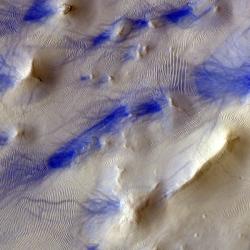On November 28 of this year, BIRA-IASB scientist Alexis Merlaud arrived at the Belgian Princess Elisabeth polar station in Antarctica. His mission: to install two of our instruments to perform local ground measurements of aerosols in the atmosphere for the CLIMB project of the RMI (Royal Meteorological Institute). Data gathered with these instruments will help researchers to gain more insight into the mass exchange of polar ice caps, as aerosols strongly influence the formation of clouds and the amount of snowfall that will add fresh layers to the ice sheet.
Luckily for us, Alexis found some time to answer a few of our most pressing questions about his work and experience on this Antarctic expedition!
How did you get all the way to Antarctica ? Wasn’t it too complicated with the Covid-19 situation?
Alexis : It was complicated because all the people that are part of the expedition to Antarctica - the only continent with zero Covid-19 cases until now and where evacuations are obviously difficult - had to undergo a 14-day quarantine. For this period, we were housed in chalets (2 people max.) at Table Mountain, near Cape Town (South Africa). It’s a superb place, but we were in strict isolation. This meant we couldn't see anyone in person, even among us, and obviously no going out in the city or in crowded places. Groceries were delivered to us, we could only go out walking on two paths right next to the hotel, and we were tested once before leaving Brussels and twice during the quarantine.
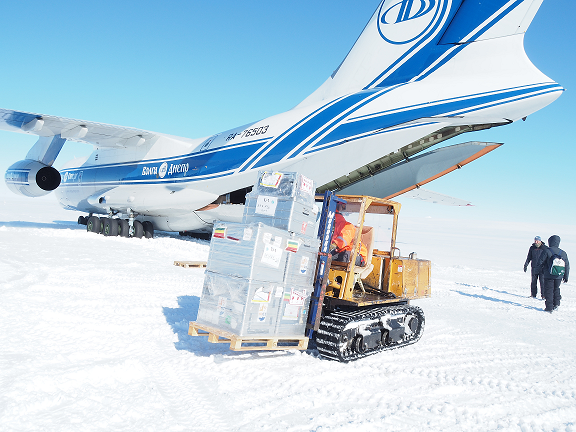
Credit: International Polar Foundation (IPF)/Alexis Merlaud
During those two weeks, other delays for our departure came up, due to the weather among other things: in order to land, pilots need to have a clear view of the runway, which in Antarctica is a strip of ice that is almost impossible to see when the sky is too overcast.
We were the first to land there this year (on the Novo runway), in a big Ilyushin cargo plane, as this Belgian expedition comprises the people who take care of the runway and the plane logistics at Novo. Then we took a smaller plane (DC3) to go from Novo to the Princess Elisabeth station. As we could not load everything at once, the three scientists (from the 19 members of the Belgian expedition) and the scientific coordinator stayed behind in Novo for two more nights because of the weather.
With the delays, we arrived 11 days later than planned, even if you leave out the quarantine period. In total, it took us 28 days to travel from Brussels to the Princess Elisabeth polar station. A long time, but I’m told it’s not unusual when travelling to Antarctica.
The cool thing here is, since we’ve all been tested and we respected the strict quarantine period, we don’t need to be careful about Covid anymore (we don’t wear masks etc...). Reverting to Covid mode once our mission is over might be a little disorienting (even more so for those who will stay for the whole season).
How long will you be staying there, enjoying the Covid-free life ?
Alexis : I only have a vague idea of when I'll be back home. British Airways’ decision on when to fly depends on the weather forecast for Antarctica and for Brussels (they moved the flight forward on the outward journey, probably to fill up the empty planes due to the pandemic). But I will take the first DC3 flight out from the station, which is currently scheduled for December 17th.
What is your mission at the Princess Elisabeth station? What results are you expecting from this expedition?
Alexis : I installed a MAXDOAS instrument and a CIMEL instrument from BIRA-IASB on the roof of the station, in order to measure the optical properties of aerosols as part of the CLIMB project (a project of our colleagues at the Royal Meteorological Institute - RMI), for which the BIRA-IASB is in Antarctica this year. RMI instruments - a Brewer to measure stratospheric ozone and the UV index and an aethalometer to measure sooty carbon - were also needed. It will be necessary to accumulate a database with these measurements before any information can be drawn from them. For the moment, the objective is to leave behind the instruments as precisely calibrated and operational as possible.
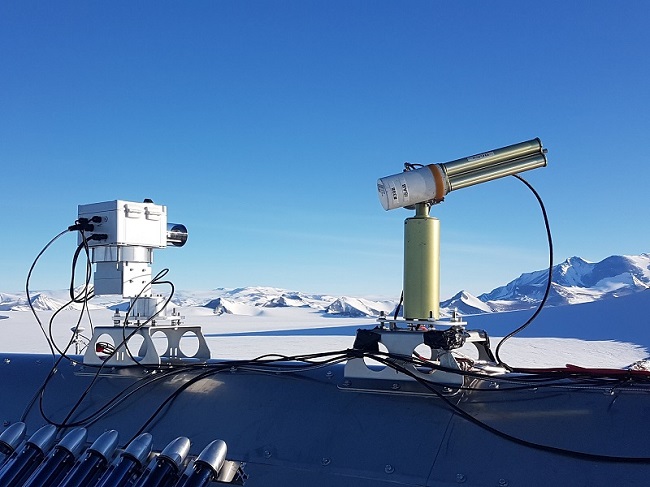
Credit: IPF/Alexis Merlaud
However, there are interesting results coming in the immediate future: this year the stratospheric ozone hole is lasting longer than usual, and it is still above us right now. RMI colleagues can see this in the data from the Brewer instrument that we have just installed, and we are measuring extreme UV indices as well. For the people working at the station and in Antarctica in general, this is important information.
Finally, BIRA-IASB also has other automatic instruments on site (pyrano for radiation and antenna for whistler waves) and I try to help the operations if possible. Obviously, the bandwidth here is quite low, so it is useful to have someone on site.
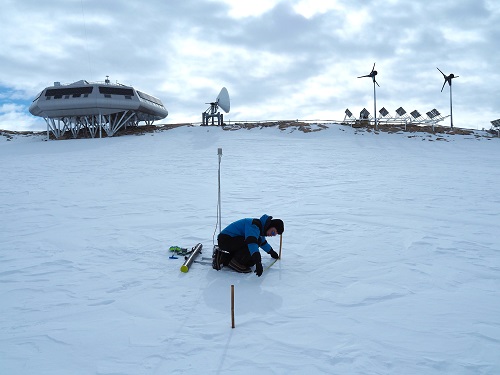
density of snow in front of the station.
Credit: IPF/Alexis Merlaud
Of course, I also came to discover Antarctica. We have to take samples of ice, snow and rock from the Antarctic plateau, the coast, and in various places. I am very interested in exploring another world, the largest desert on the planet. Although this part of the mission is quite complicated because we had a long delay in arriving and the weather is not cooperating. My two colleagues will probably stay here all thought the holiday season to finish the sampling work. I would join them if I didn't have children. Being away from them for so long is the only aspect of this mission that is really difficult for me to bear.
It must be incredible to find yourself in Antarctica ! What was your first impression?
Alexis : The moment when I got out of the plane and stepped onto the runway at Novo was magical. The weather was very nice, which made the lower half of the world pure white and the upper half pure blue. There were no windows in the cargo plane, so it took me by surprise when I stepped out.
Something that is also immediately striking is that you lose the notion of distance: the rock that protrudes from the ice and that seems to be just a few hundred meters away can actually be 10 km further.
How do you experience the extremely low temperatures ?
Alexis : The temperature is actually not too extreme. We are around -10°C, and we are well equipped against the cold by the International Polar Foundation. It's the wind that is difficult to protect against, and which can make you feel like it’s 10 degrees colder, as is currently the case and which could last for several days.
Despite the harsh wind, I hope to be able to explore the surroundings a little. The scenery around the station is superb (the Sor Rondane mountains on one side, the ice on the other), but of course it’s not possible to walk there without a guide. When we arrived, we walked a little bit around the mountain just opposite, the Utsteinen. It was beautiful.
Did you see any animals ?
Alexis : Besides the homo sapiens, I saw two types of birds : the south polar skua and the snow petrel.
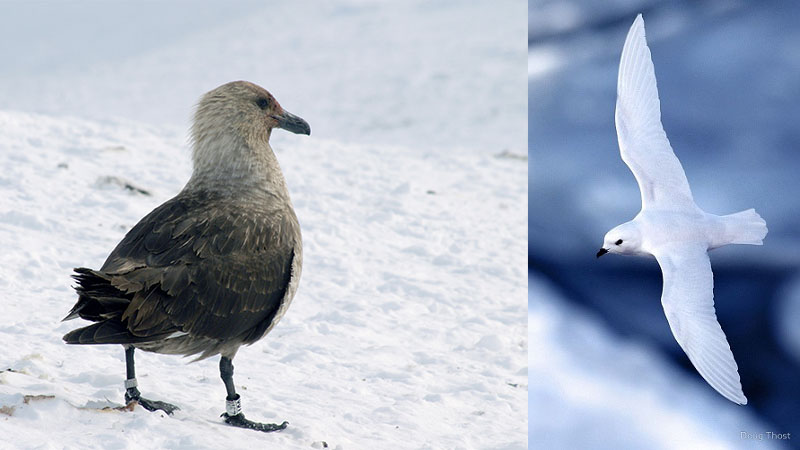
Credit: International Polar Foundation (IPF)/Alexis Merlaud
Credit: IPF/Alexis Merlaud

